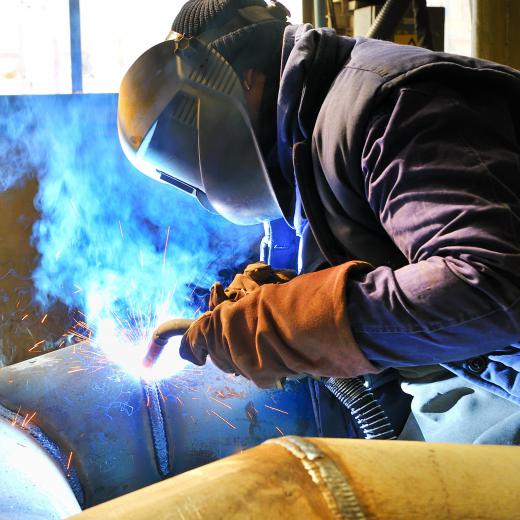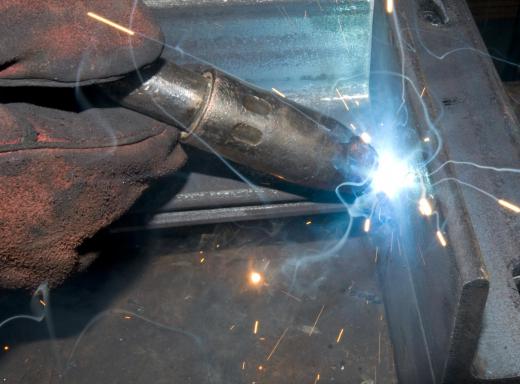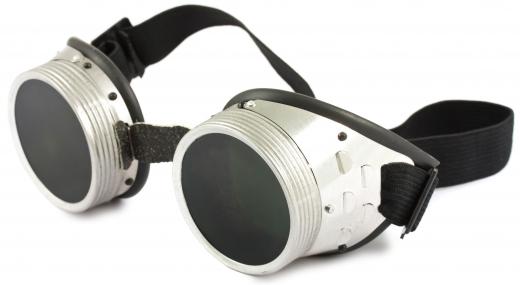A weld joint is used to join two pieces of metal together. This is done by melting the two metal pieces and then using a filler to join them. There are several different types of weld joints that can be used in this process. Some of these joints are the butt joint, the corner joint, the edge joint, and the tee joint. Each weld joint is joined in a different way and has different strengths and uses, and, thus, it is important to use the right one for the job at hand.
When two pieces of metal are joined end to end, a butt weld joint is used. Butt joints are frequently used when a smooth weld face is desired. Some applications that use butt joints are pressure vessels, piping and tanks. There are several variations on the butt joint, including the square joint, the grooved butt joint, the single “V” joint, and the double “V” joint. The variation that is used in each application depends on the thickness of the metal and the required strength of the joint.

A corner weld joint is used when two pieces of metal are to be joined at a right angle. When finished, this creates an “L” shape between the pieces. Two types of this joint are the closed weld and the open weld. In a closed weld, the metal pieces are joined flush against each other. An open weld, on the other hand, only joins the metals together at the edges so the joint is open.

Another type of weld joint is the edge joint. This weld is used when two pieces of metal that are parallel at the edges need to be joined. This joint is commonly made with a partial penetration weld. This means that the filler only fills up part of the gap between the metals. Grooves can also be put into the edges so that the filler can penetrate deeper into the joint.

In order to joint two pieces of metal that overlap, the weld joint known as a lap joint is used. There are two types of lap joints: single-fillet laps and double-fillet laps. In a single-fillet lap, the filler metal is inserted along one seam of the overlapping metals. This type of joint is ideal when the joint will not be subjected to heavy loads. In cases where the joint will be subject to a heavy load, a double-fillet lap joint is a better choice. In a double-fillet lap joint, the filler is inserted along both the top and bottom seam.
A tee joint is a weld joint that joins two pieces of metal at a right angle, forming a “T” shape. Applications of this joint include structural steel and tubing. Different variations of this joint include the square tee joint, the beveled tee joint and the double beveled tee joint. The square tee joint can be used on materials that are thick or light. For more strength or when a joint can only be welded from one side, a beveled tee joint can be used. Double beveled tee joints can be used for heavy loads and is welded on both sides of the joint.
